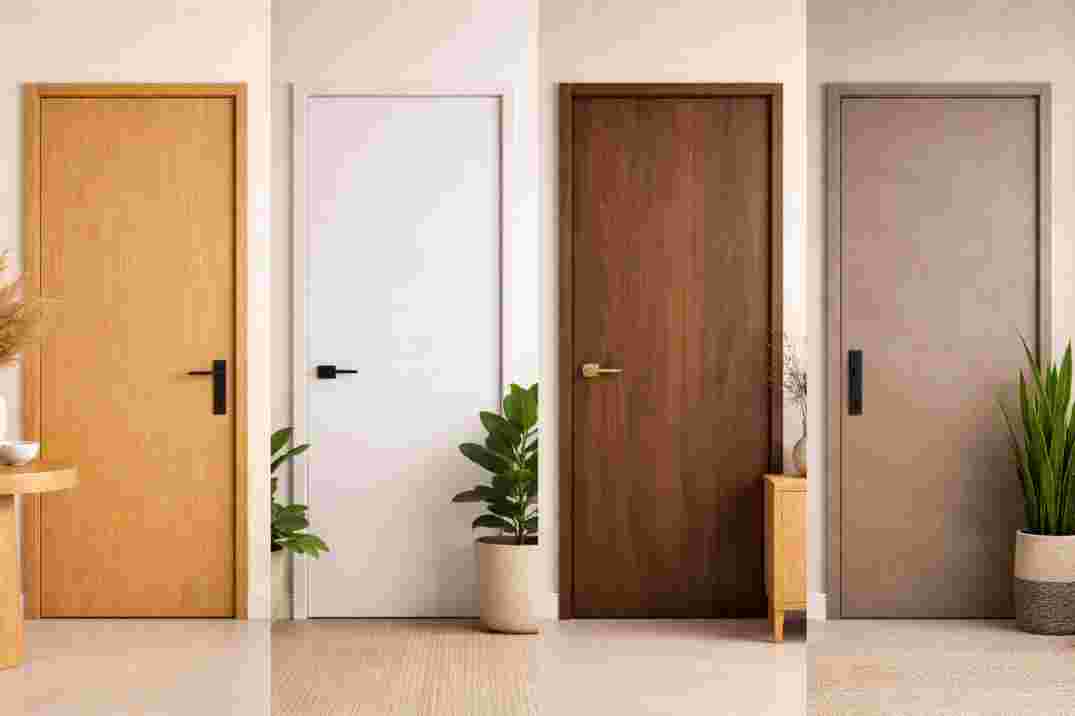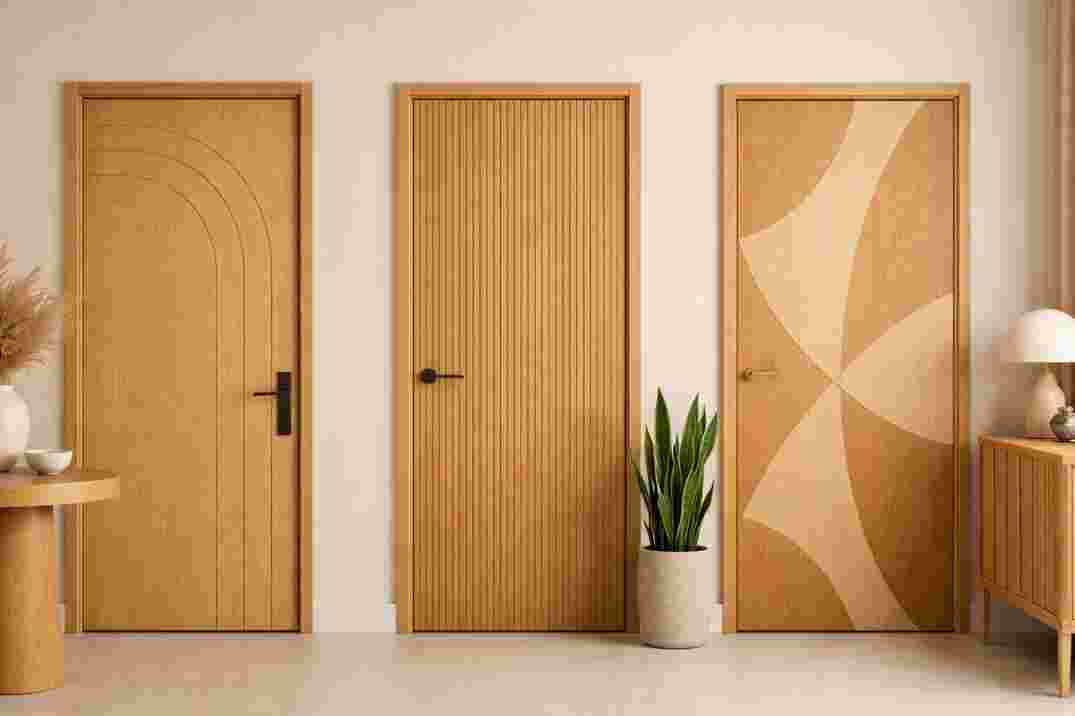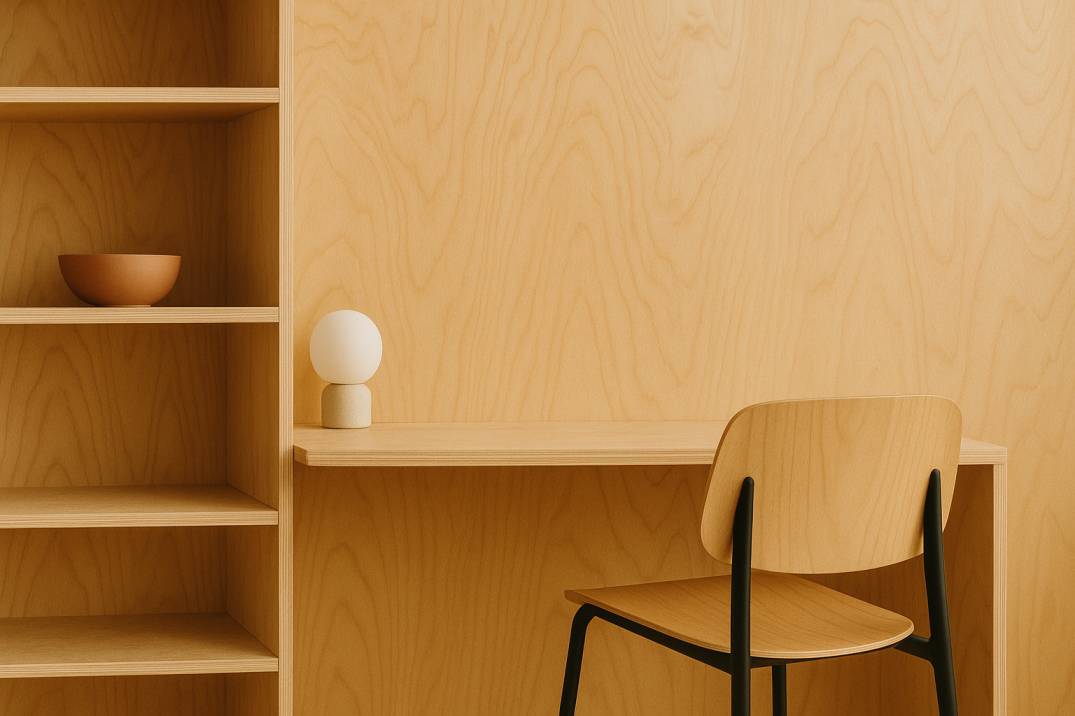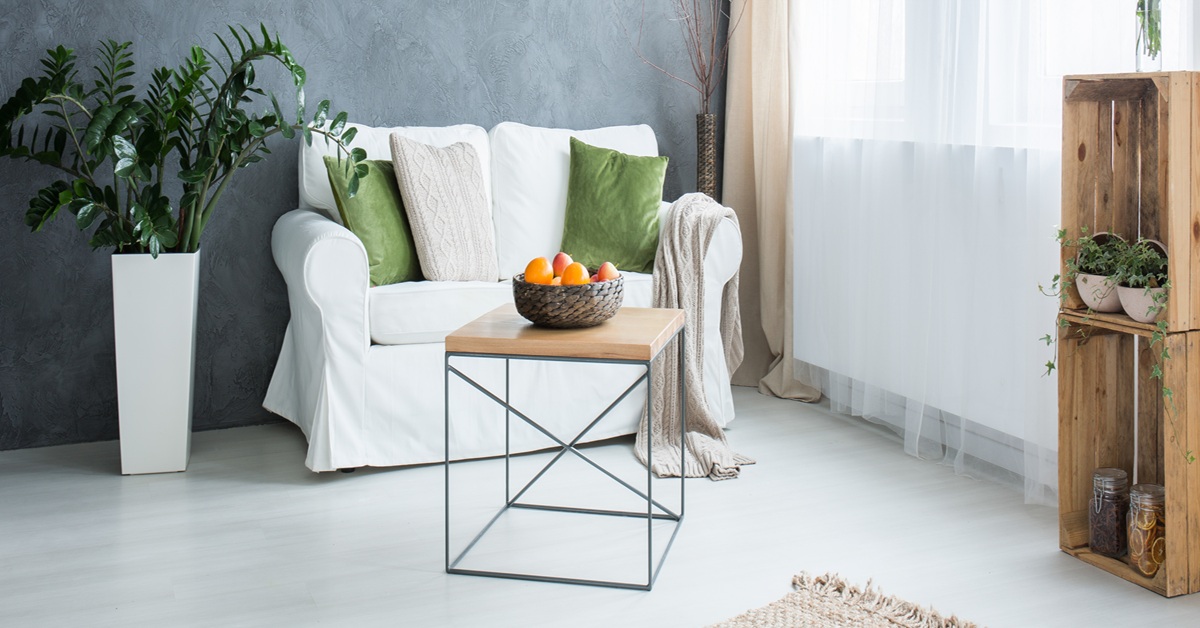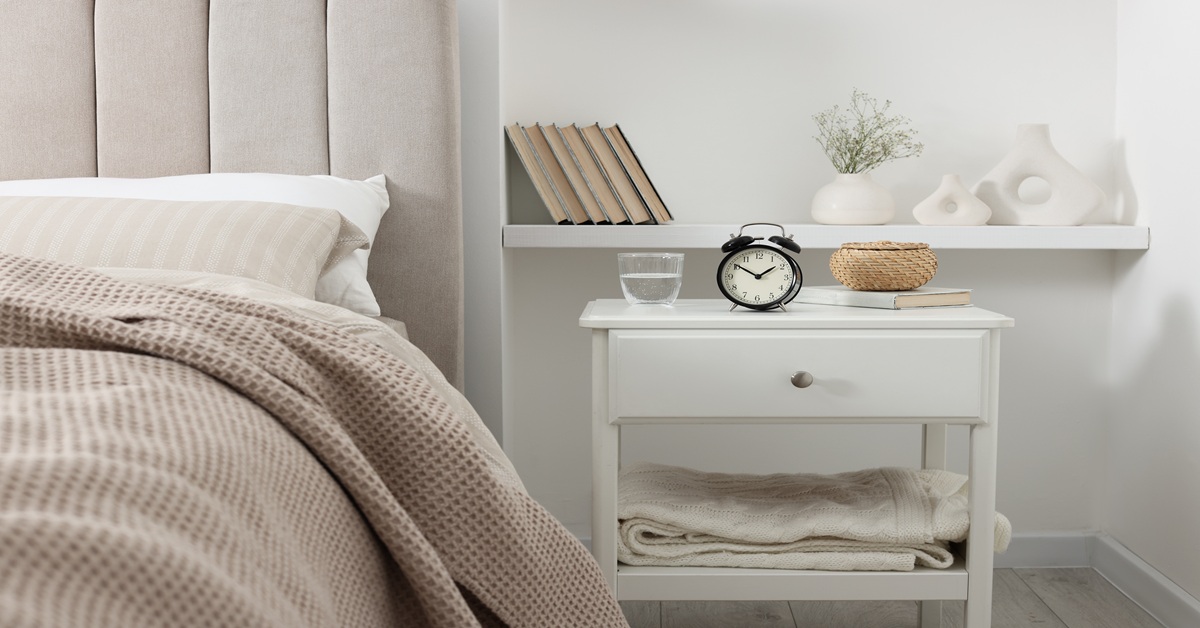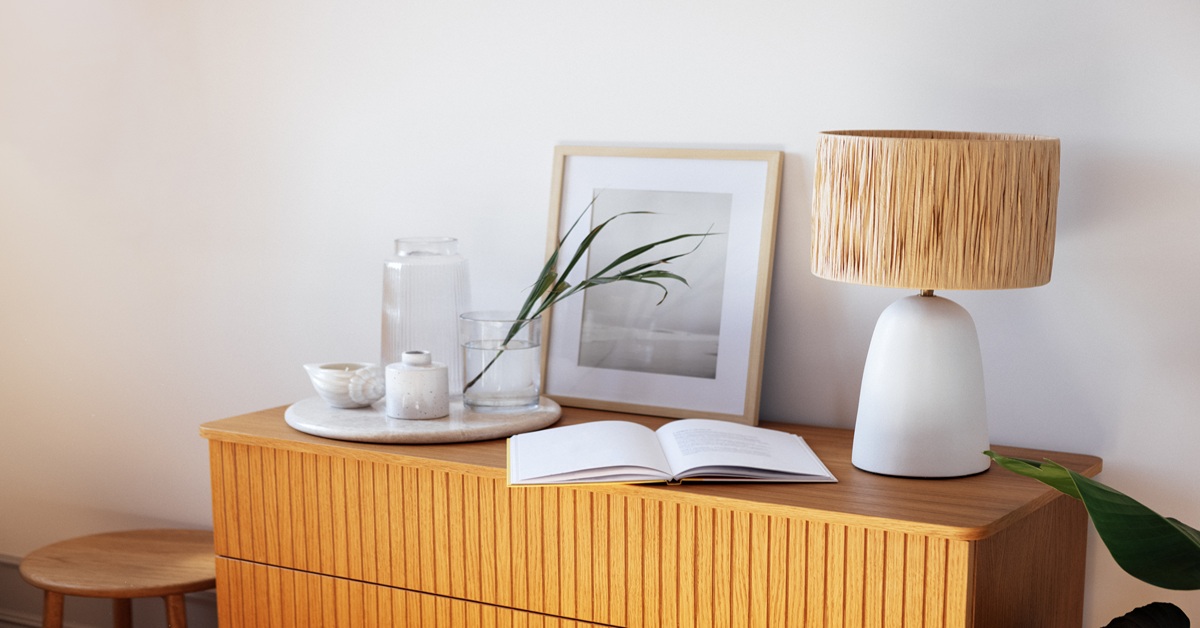An essential component of contemporary architecture and interior design, engineered plywood is a durable and versatile material. However, what is it? Engineered plywood is created by bonding many layers of wood veneers, or plies, together with strong adhesives and high pressure. These layers are arranged with the grains running perpendicular to one another using a process known as cross-lamination, which significantly improves the plywood’s strength, stability, and resistance to environmental factors.
Because it can withstand variations in temperature and moisture, engineered plywood is notably resistant to warping, shrinking, and swelling. Because it comes in a range of grades, thicknesses, and finishes, it can be used for several purposes, such as wall panelling, flooring, furniture, and cabinets. Its lightweight yet durable form ensures ease of handling, and its smooth surface makes it perfect for applying paint treatments, veneers, or laminates.
Understanding Engineered Plywood and Its Composition
Engineered plywood is the result of careful planning and creative construction, and it is more than just a building material. Engineered plywood is designed to offer greater strength and stability than solid wood, which is more likely to bend and break. It is created by layering thin wood veneer sheets, called plies, and using heat and pressure to bind them together with powerful adhesives. Its strength is greatly increased by a technique known as cross-lamination, in which the layers are organized so that each grain runs parallel to one another.
A variety of wood panels made by using adhesives to join several layers of wood veneer or strands are referred to as engineered plywood. In comparison to solid wood, this method produces a composite material with improved qualities. The orientation and arrangement of these layers, along with the kind of wood and glue utilised, are the primary distinctions between the various kinds of engineered plywood. The production of panels with particular performance attributes and the effective use of wood resources are made possible by this manufacturing technique. There are differences even in the field of engineered plywood. For example, some engineered plywood products include layers of veneer or strands, whereas blockboard plywood uses solid wood strips in its core.
How Engineered Plywood Compares to Traditional Plywood
- Composition: Plywood and engineered wood have different compositions. Engineered plywood is made of a combination of wax, resin, and wood fibres. On the other hand, traditional plywood is made by layering wood veneers that are oriented perpendicular to each other, resulting in the cross-grain texture. Due to its composition, plywood is generally stronger and more durable than engineered plywood.
- Maintenance: A moist cloth may be used to clean both plywood and engineered wood, making them both simple to maintain. Plywood can tolerate more wear and tear, but engineered wood is more likely to get dents and scratches. To enhance the visual appeal of engineered wood, it needs to be polished regularly, whereas plywood requires occasional polishing. When exposed to moisture, plywood can warp or split, while engineered wood is observed to have sustained its shape and stability.
- Cost: When it comes to the cost factor, differentiating engineered wood vs plywood, the former is less expensive. As, engineered wood is made from recycled wood fibres, which are low-priced and more readily available than supreme wood veneers. However, the cost of these popular materials also varies depending on the quality and thickness of the wood. Higher-grade options are more valuable than lower-grade options.
- Furniture Use: Engineered wood is often used for bookshelves, drawer bottoms, and back panels due to its uniformity and firmness. Plywood is a suitable choice for counter tabletops, chair seats, and cabinet doors because of its stability and strength.
Some of these advantages are also provided by conventional plywood, however, engineered plywood frequently goes above and beyond with improved sustainability and performance. Even blockboard plywood, which has a solid wood strip core, offers more stability than solid wood planks because of the engineered building method. Visit Wigwam Ply – Engineered plywood to get engineered plywood solutions that are customized to meet your demands.
Benefits of Engineered Plywood in Construction and Interiors
Engineered plywood is a popular option for a variety of interior and construction applications due to its advantages:
- Structural Applications: Because of their excellent strength-to-weight ratio, several engineered plywood varieties, notably orientated strand board (OSB) and laminated veneer lumber (LVL), are utilised in structural applications such as headers, sheathing, and beams.
- Interior Design: Engineered plywood offers a smooth, sturdy, and visually appealing surface for panelling, flooring, furniture, cabinets, and other interior components. For example, blockboard plywood is frequently chosen for furniture because of its exceptional ability to hold screws.
- Furniture Manufacturing: Engineered plywood provides furniture makers with a flexible and affordable material to create long-lasting and fashionable items.
- Sustainable construction: Engineered plywood supports sustainable construction techniques by making effective use of wood resources and occasionally using recycled materials.
Visit Wigwam Ply – Engineered plywood to look at premium-quality engineered plywood opportunities and discover the perfect option for your upcoming project.
Different Types of Engineered Plywood and Their Uses
There are numerous different varieties of engineered plywood, each with unique properties and uses:
- Plywood (Veneer Core): For stability and strength, several veneer layers are adhered together with alternate grain directions. used for everything from furniture to sheathing.
- Laminated veneer lumber (LVL): Made up of several veneer layers that are bonded together under intense pressure and orientated in the same direction. utilised in structural settings where great strength is required.
- Orientated Strand Board (OSB): Layers of compressed and connected wood strands make an Orientated Strand Board, used for roof decking, flooring, and sheathing.
- Medium Density Fiberboard (MDF): Made of wood fibres that have been resin-bonded together. used for interior trim, furniture, and cabinets.
- Particleboard: Made of wood particles that have been resin-bonded together. used for underlayment, shelving, and furniture.
- Blockboard Plywood: Layers of veneer encased in a core of solid wood strips. used for furniture construction, where the ability to hold screws is essential.
Knowing the applications and properties of engineered plywood is necessary for choosing the right material for your project.
Choosing the Right Engineered Plywood for Your Project
Choose the right engineered plywood for your project considering these factors:
- Application: Take into account how the panel is supposed to be used. High-strength materials like LVL are necessary for structural applications, while finish and look may be more important for aesthetic uses.
- Strength and Stability: Determine the necessary dimensional stability and strength by the load and span specifications.
- Moisture Resistance: For applications subjected to wetness or moisture, select waterproof or moisture-resistant engineered plywood.
- Appearance: Take into account the intended look and texture. While some kinds of engineered plywood can be covered with veneers or laminates, others can be stained or painted.
- Budget: Strike a balance between financial concerns and performance standards. The price of various kinds of engineered plywood varies.
- Sustainability: Seek out engineered plywood that has been approved by groups dedicated to sustainable forestry.
Visit Wigwam Ply – Engineered plywood to look at high-quality engineered plywood opportunities and discover the perfect option for your upcoming project.


